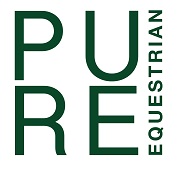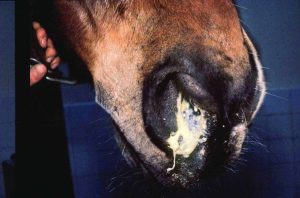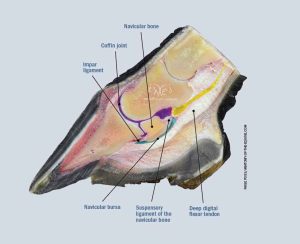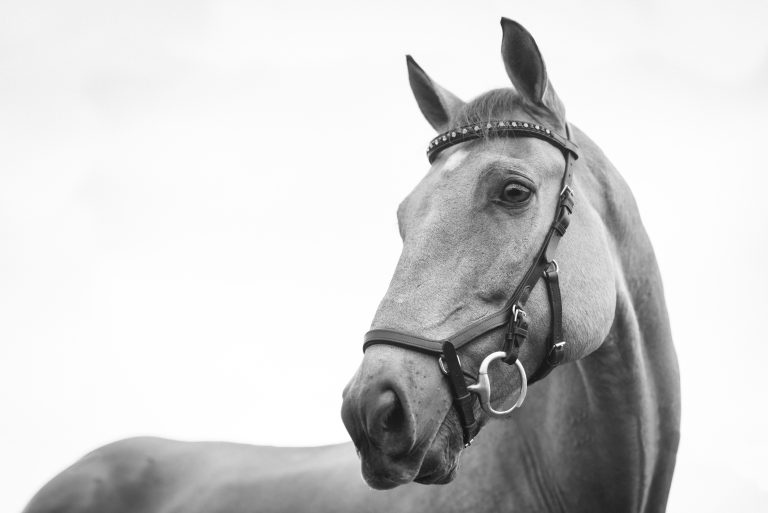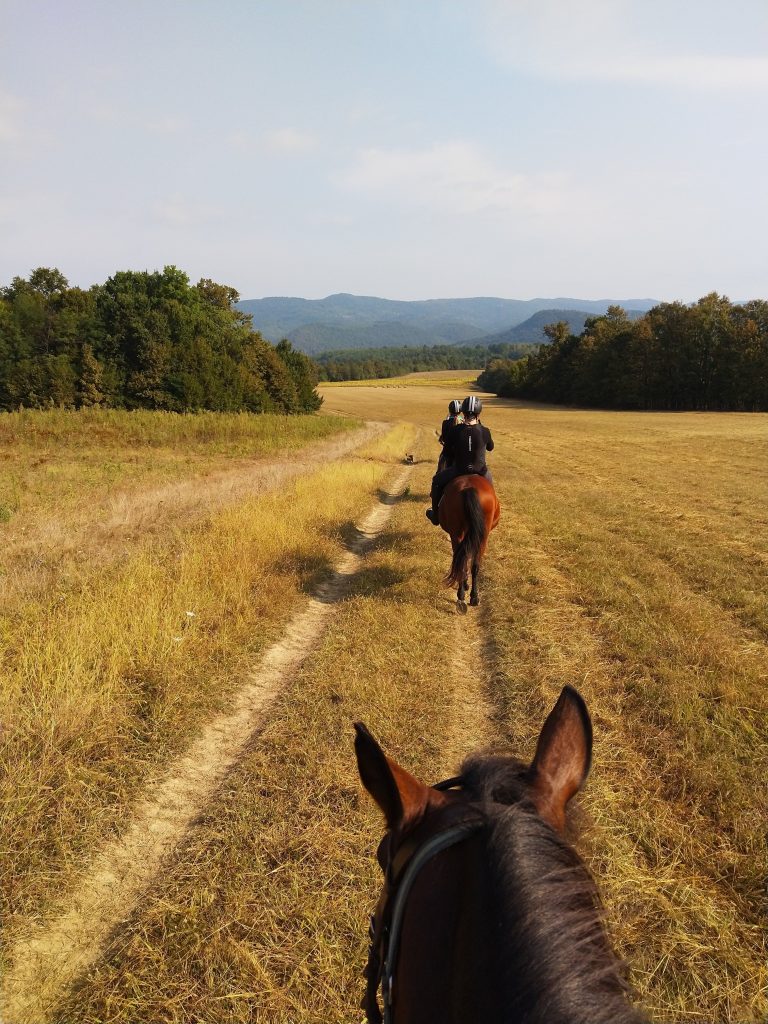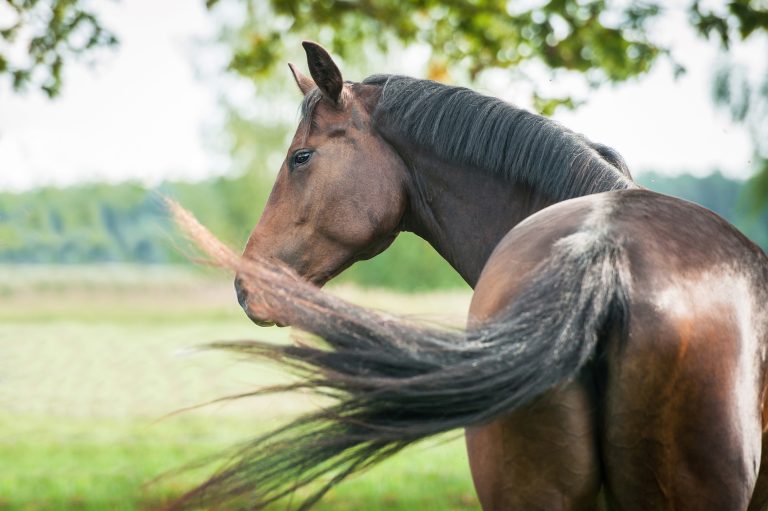Have you ever wondered about the common health issues that horses may encounter? It is important to understand these potential challenges in order to better care for these majestic creatures. From respiratory problems to digestive issues, horses can experience a range of health concerns. In this article, we will explore some of the common health issues that horses may face, providing valuable insights for both horse owners and enthusiasts alike.
Table of Contents
ToggleRespiratory Issues
Equine Asthma
Equine asthma, also known as recurrent airway obstruction (RAO) or heaves, is a common respiratory issue that horses may face. This condition is characterised by inflammation and constriction of the airways, leading to difficulty in breathing. It is often triggered by allergens such as dust, mould, and pollen, as well as poor air quality and exposure to irritants.
The signs of equine asthma can vary in severity, ranging from mild coughing to severe respiratory distress. Affected horses may exhibit rapid breathing, wheezing, exercise intolerance, and nasal discharge. In severe cases, their chest muscles may even visibly contract during breathing.
Treatment for equine asthma involves environmental management to reduce exposure to allergens and irritants. This may include using dust-free bedding, providing good ventilation in stables, and soaking hay to minimise dust. Medications such as bronchodilators and anti-inflammatory drugs can also be prescribed to alleviate symptoms and reduce airway inflammation.
Recurrent Airway Obstruction
Recurrent airway obstruction (RAO), also known as heaves, is a chronic respiratory condition similar to equine asthma. It is often caused by exposure to allergens, primarily inhaled dust and mould spores. RAO is more common in older horses and can be exacerbated by poor ventilation, dusty environments, and inadequate stable management.
Horses with RAO may exhibit similar symptoms to equine asthma, including coughing, increased respiratory effort, nasal discharge, and exercise intolerance. They may also display a characteristic heaving appearance, with visible abdominal muscles working hard during breathing.
Managing RAO involves minimising exposure to allergens through proper stable management. Providing a clean living environment with good ventilation, low-dust bedding, and soaking hay can help alleviate symptoms. In some cases, medication such as bronchodilators and corticosteroids may be prescribed to control inflammation and improve respiratory function.
Influenza
Equine influenza, commonly known as horse flu, is a highly contagious respiratory disease caused by the equine influenza virus (EIV). It spreads rapidly among horses through respiratory droplets, direct contact, or contaminated surfaces. Young horses, horses in crowded environments, and those with low immunity are particularly susceptible to this viral infection.
Horses with influenza may show signs such as high fever, coughing, nasal discharge, lethargy, and loss of appetite. It can severely impact a horse’s general wellbeing, performance, and ability to exercise. In some cases, secondary bacterial infections may occur, complicating the recovery process.
Prevention of equine influenza involves vaccination, regular boosters, and practicing good biosecurity measures. Isolation of infected horses and disinfection of shared equipment and facilities are crucial to limit the spread of the virus. Rest, supportive care, and appropriate medication are usually recommended for affected horses to aid recovery and prevent complications.
Strangles
Strangles, caused by the bacteria Streptococcus equi, is a highly contagious respiratory disease that primarily affects horses. It is characterised by severe inflammation and abscess formation in the upper respiratory tract and lymph nodes of the head and neck. Strangles can spread rapidly within a herd or equestrian facility through direct contact or contaminated objects and surfaces.
The signs of strangles include fever, nasal discharge, swelling of the lymph nodes, difficulty swallowing, and depression. Affected horses may also exhibit a soft, honking cough and a loss of appetite. In severe cases, abscesses may rupture, leading to the release of infectious material.
Managing strangles involves strict biosecurity protocols, including isolation of affected horses, careful hygiene practices, and disinfection of equipment and facilities. It is crucial to prevent the spread of the bacteria to minimise the impact on the entire equine population. Infected horses typically require supportive care, including appropriate antibiotics and pain management, to facilitate drainage of abscesses and promote recovery.
Lameness and Musculoskeletal Problems
Arthritis
Arthritis is a common musculoskeletal disorder that can affect horses of all ages and breeds. It is characterised by inflammation and degeneration of the joints, leading to pain, stiffness, and reduced mobility. Arthritis can be caused by age-related wear and tear, repetitive stress injuries, trauma, or infections.
Horses with arthritis may display signs such as lameness, stiffness, joint swelling, and a reluctance to move or perform certain activities. The affected joints may feel warm to the touch, and the horse may have difficulty flexing or extending them.
Treatment for arthritis involves a multifaceted approach, aimed at reducing pain and inflammation, improving joint function, and slowing down the progression of the disease. This may include non-steroidal anti-inflammatory drugs (NSAIDs), joint supplements, physical therapies, controlled exercise, and weight management. In some cases, intra-articular injections of corticosteroids or regenerative therapies may be recommended to provide additional relief.
Navicular Disease
Navicular disease, also known as navicular syndrome, is a chronic and progressive condition that affects the navicular bone and associated structures in the horse’s hoof. It primarily causes lameness in the front limbs and is commonly seen in performance horses, particularly those involved in activities like jumping, dressage, and barrel racing.
The exact cause of navicular disease is not fully understood, but it is thought to involve a combination of factors, including genetics, conformation, repetitive stress, and poor hoof balance. The condition is characterised by degeneration and inflammation of the navicular bone and surrounding structures, leading to pain and lameness.
Evaluating and managing navicular disease often require a thorough diagnostic process, including a veterinary examination, radiographs, and potentially advanced imaging techniques. Treatment options can include corrective trimming and shoeing, medication to alleviate pain and inflammation, and regenerative therapies in some cases. Rehabilitation protocols may also involve controlled exercise, physical therapies, and regular farrier care.
Tendon and Ligament Injuries
Tendon and ligament injuries are common musculoskeletal problems in horses, particularly those involved in high-impact activities such as racing, eventing, and jumping. These injuries can range from mild strains to severe tears, and they often require significant rehabilitation and careful management to facilitate proper healing.
Signs of tendon and ligament injuries can include lameness, heat, swelling, pain, and a visible defect or abnormality in the affected area. The severity and location of the injury can vary, with some cases requiring more intensive treatment and longer recovery periods.
Treatment for tendon and ligament injuries typically involves a combination of rest, controlled exercise, physical therapies, and veterinary guidance. Supportive treatments such as icing, bandaging, and the use of supportive boots or braces may also be employed. In some cases, regenerative therapies such as platelet-rich plasma (PRP) or stem cell therapy may be used to aid in the healing process.
Hoof Problems
Hoof problems can significantly impact a horse’s soundness, overall health, and performance. Conditions such as laminitis, hoof abscesses, white line disease, and hoof cracks can cause varying degrees of lameness, pain, and structural damage to the hoof.
Laminitis, also known as founder, is a common hoof problem characterised by inflammation and separation of the laminae within the hoof. It can cause severe pain, lameness, and potentially irreversible damage to the hoof structure. Prompt veterinary intervention, along with appropriate hoof care and management, is crucial in managing this condition.
Hoof abscesses occur when bacteria gain entry into the hoof, causing localized infection and the formation of pus-filled cavities. This can result in acute lameness, heat, swelling, and sensitivity around the affected area. Treatment typically involves veterinary assistance in locating and draining the abscess, along with appropriate hoof care to aid healing.
White line disease is a condition where the inner layers of the hoof become affected by fungal or bacterial infection, causing the separation of the hoof wall. This can weaken the hoof structure and lead to pain and lameness. Treatment involves diligent hoof care, removal of damaged hoof material, and infection control measures.
Hoof cracks refer to vertical or horizontal splits in the hoof wall. These can range in severity from superficial cracks to deep, painful fissures that compromise the integrity of the hoof. Management of hoof cracks often involves regular farrier care, appropriate hoof trimming, and the use of supportive hoof boots or shoes to relieve pressure and promote healing.
Proper hoof care, including regular farrier visits, appropriate trimming, and attention to overall hoof health, is crucial in preventing and managing hoof problems. A balanced diet, good hygiene practices, and appropriate exercise can also contribute to maintaining strong and healthy hooves.
